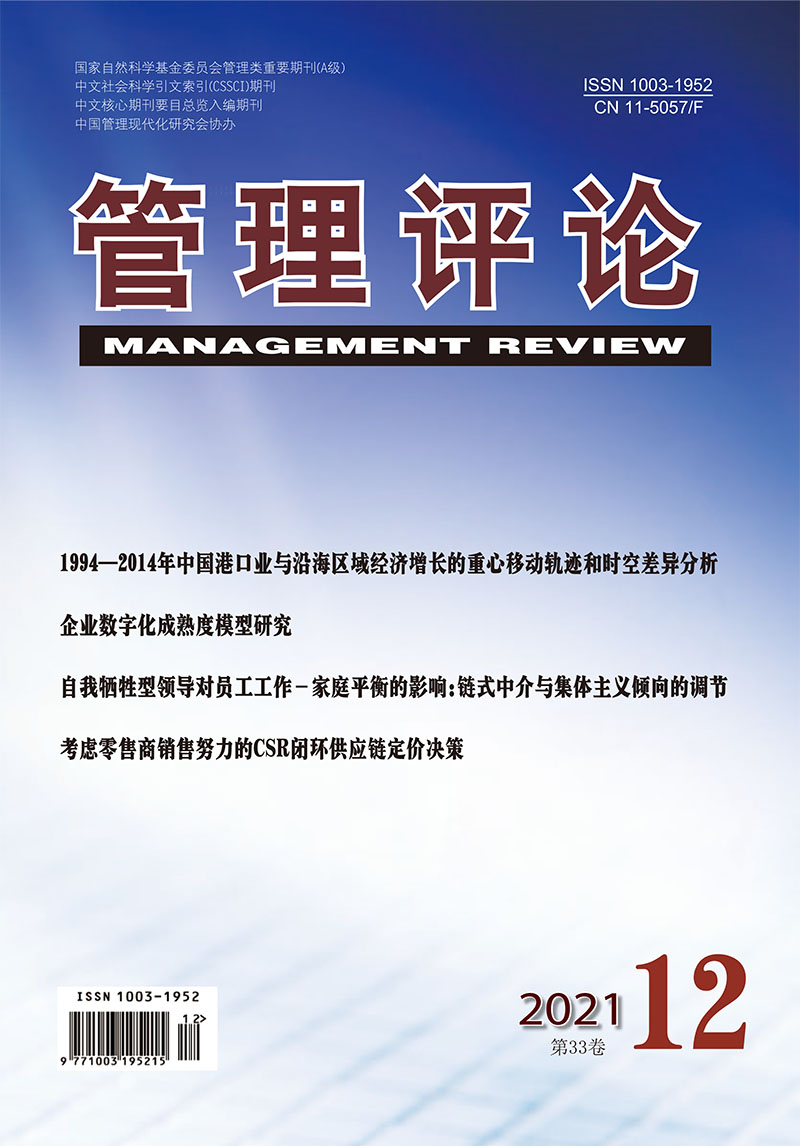|
|
Gender Structure, Management Interaction, and Corporate Value of Listed Companies
Liang Ruobing, Zhang Dongrong, Mo Yating
2021, 33 (12):
200-212.
This paper uses a financial dataset of 2000-2014 listed firms on Shenzhen and Shanghai Stock markets to analyze the impact of gender structure of management and board on firms' performance. The results of regression suggest that the share of female director, executives and supervisors has significant and positive effect on firm's market value. Specifically speaking, however, only female executives and supervisors have positive role and female directors have negative impacts. Through the substitution variables analysis and instrumental variable regression, we find that the positive role of executives is most robust, that of female directors is less robust and the effect of female supervisors is not robust. Further analysis doesn't find "queen bee syndrome" from Chinese enterprises. Moreover, female as both CEO and chairperson can produce significant and positive effect on company's value. So far as the decision making and executive level is concerned, when board chairmen is female, higher proportion of female directors is more conducive to the promotion of corporate value. On the contrary, when CEO is female, higher proportion of female executives is not conducive to the promotion of corporate value. Finally, we examine the impact of gender structure on enterprise's development strategy, and find that higher proportion of female managers is associated with higher risk aversion, stricter control over operating cost, more innovation and market orientation, and high possibility of fulfilling social responsibility, but more non-productive expenditure.
References |
Related Articles |
Metrics
|

